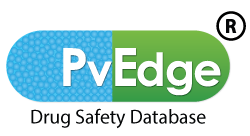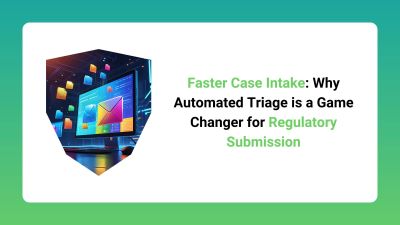Regulatory deadlines don’t wait. When adverse event reports come in, there’s pressure to process, assess, and submit them fast—and with no room for error.
That’s where automated case intake comes in. It takes what used to be a slow, manual triage process and turns it into a fast, reliable, and scalable system.
⏱️ The Problem with Manual Intake
Traditional case intake means:
- Downloading XMLs manually
- Checking for validity one by one
- Manually sorting valid vs. invalid cases
- Classifying seriousness and follow-ups
- Logging everything for compliance
It’s slow, repetitive, and leaves too much room for mistakes. Delays here can impact your compliance with timelines set by the EMA, FDA, and other regulators.
⚡ The Automated Advantage
With automation, the system does the work for you—instantly:
- XMLs are auto-imported and read
- Validity checks run instantly
- Cases are flagged as valid/invalid, serious/non-serious
- Duplicates and follow-ups are detected
- Clean cases are ready for database entry
No bottlenecks. No missed steps. Just fast, accurate intake.
🛡️ Meet Compliance Without Stress
Regulatory bodies like the MHRA expect submissions within strict timelines—15 days for serious cases, for example.
Delays in intake lead to delays in submissions. Automation removes that risk and ensures you’re audit-ready at every step.
🚀 PvEdge®: Making Intake Seamless
PvEdge® automates the entire triage and intake workflow. Here’s how it helps:
- Converts R2/R3 XMLs automatically
- Runs seriousness & validity logic
- Detects duplicates and classifies MAH/Non-MAH cases
- Sends clean, pre-validated cases to your safety database
All of this happens in minutes, not hours.
✅ Bottom Line Benefits
- Faster turnaround times
- Cleaner data with fewer manual errors
- Higher team efficiency
- Zero delay in regulatory reporting
Automated case intake isn’t just faster—it’s smarter, more reliable, and essential for keeping up with modern pharmacovigilance demands.



